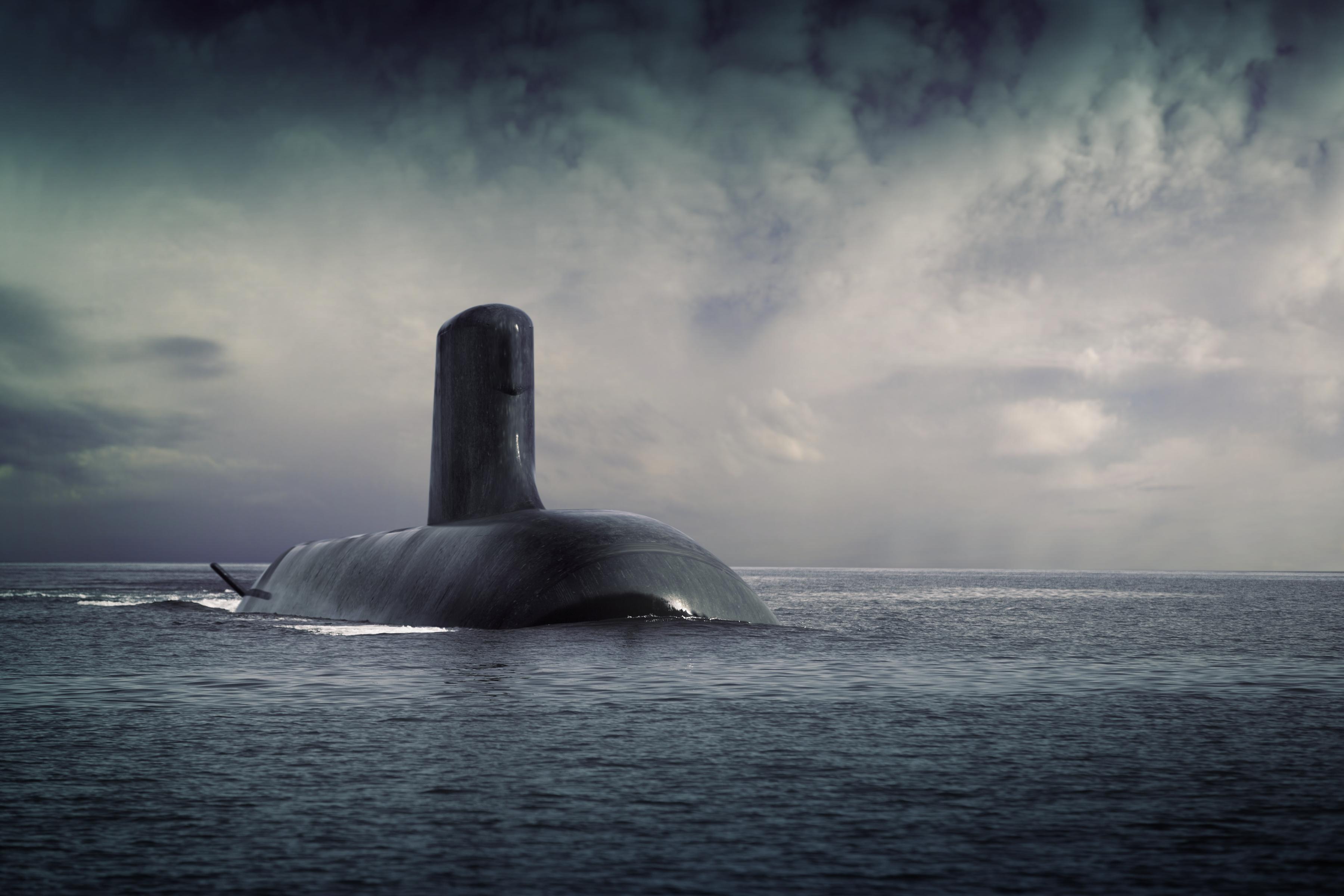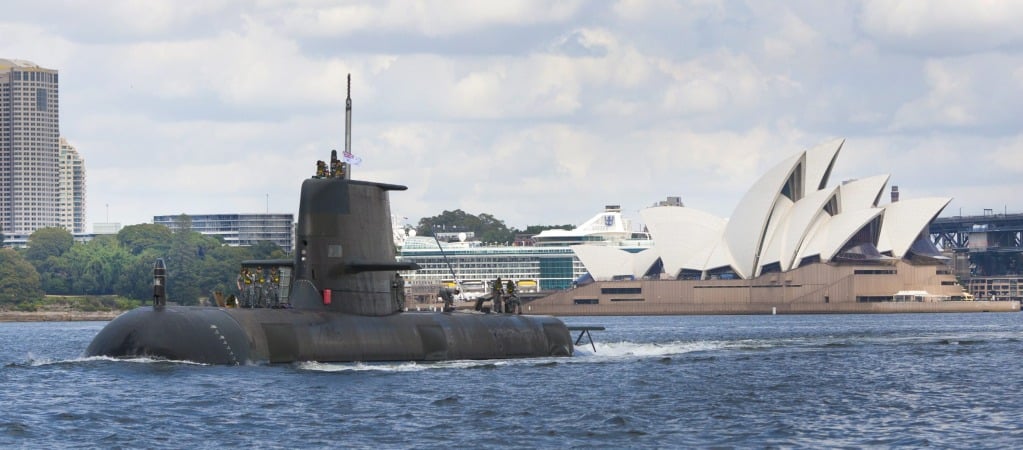
MELBOURNE, AUSTRALIA — France’s DCNS has won Australia’s keenly-watched, $38.5 billion Project SEA 1000 Future Submarine program to replace six Collins-class submarines currently in service with the Royal Australian Navy (RAN).
Australian Prime Minister Malcolm Turnbull and Defense Minister Marise Payne announced this morning Australian that the French Shortfin Barracuda Block 1A offering has beaten off competition from Germany’s ThyssenKrupp Marine Systems (TKMS) and a consortium led by Japan’s Mitsubishi Heavy Industries following what Payne called a “rigorous” and “methodical” Competitive Evaluation Process (CEP).
The 12 boats will be designed and built with French assistance by Australia’s ASC at its South Australia shipyard. The company had built the Collins-class submarines for the RAN, and is currently contracted to carry out sustainment of the fleet.
Prime Minister Turnbull has said that said the selection team had been “unequivocal” in its assessment that the DCNS offering was closest to Australian range and endurance requirements, as well as possessing superior sensor performance and stealth characteristics and also included “cost, schedule, program execution, through-life support and Australian industry involvement”.
The 15-month CEP was led by Head of Australia’s Future Submarine Program, Rear Adm. Greg Sammut and General Manager Submarines retired U.S. Navy Rear Adm. Stephen Johnson. The latter had previously been in charge of the program to replace the Ohio-class ballistic missile submarines (SSBN(X)).
The process was overseen by an independent Expert Advisory Panel, chaired by former Secretary of the USN, Professor Donald Winter and also peer reviewed by former U.S. Navy Vice Adm. Paul Sullivan and retired U.S. Navy Rear Adm. Thomas Eccles.

All three bidders had been required to submit options on a complete build in Australia, a wholly overseas build, or a hybrid build conducted both in Australia as well as overseas.
The DCNS Shortfin Barracuda Block 1A is a conventionally powered version of France’s Barracuda nuclear-powered attack submarine. The company expects to begin finalizing the design with the Australian government later this year, subject to further discussions on commercial matters.
This variant will be “over 90 meters in length and displaces more than 4,000 tons when dived” said Sean Costello, DCNS Australia’s Chief Executive Officer. The French bid had also pledged complete access to the latest stealth technologies utilized on board French submarines.
Australian requires the submarines to be equipped with the Mk48 Mod 7 Common Broadband Advanced Sonar System (CBASS) torpedo jointly developed by Australia and the United States. The combat system will be American, expected be an evolution of the General Dynamics AN/BYG-1 already fitted on the Collins-class.
The selection of the Shortfin Barracuda Block 1A is not without its risks, however. The biggest engineering challenge is likely to be adapting a conventional propulsion system into a nuclear-powered design although Peter Jennings, Executive Director of the Australian Strategic Studies Institute also noted that it is probably a smaller challenge than “essentially a new German design and some major modifications to what the Japanese were proposing.”
The decision would be a big disappointment to the Japanese in particular, with Prime Minister Shinzo Abe having invested a lot of effort in supporting the Japanese bid as part of his agenda to revamp his country’s hitherto pacifist stance and take on a more active role in security and defence, as well as forging a closer strategic relationship with Australia to counter China’s increasing regional assertiveness.
Reuters has reported that Japan’s Defence Minister Gen Nakatani has called the Australian decision “deeply regrettable”, with Nakatani also quoted as saying that “We will ask Australia to explain why they didn’t pick our design.”
However, there has been a feeling among observers that Japanese bureaucrats and defense companies did not share the government’s enthusiasm or market their bid as actively as their French and German rivals, due perhaps in no small part to their inexperience in vying for a defense export contract.
For its part, TKMS has said that it was disappointed with the outcome but it respected the process, saying that it was conducted with “high integrity and professionalism.”





